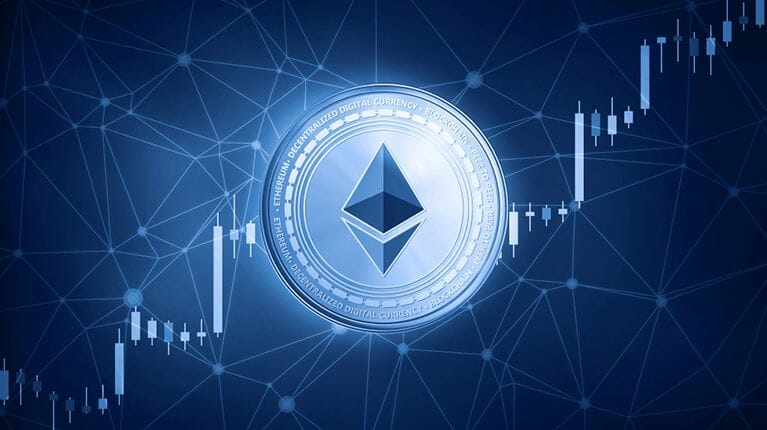Ethereum staking rewards increase in the first week of May thanks to interest in memecoins, so validators should be grateful for the current memecoin trading trend. Ethereum’s average fees consistently surpassed 100 gwei in the last week, the highest since May 2022.
Following The Merge update, Ethereum Staking has become the most important activity on the network. To ensure its security and operability, more validators need to join. However, as more and more join, the rewards are divided. Regarding this, May has marked a relevant milestone, Ethereum Staking rewards increase in the first week of May.
In just one week, the network’s validators made $46 million in rewards, a figure 40% higher than the previous week. Rewards in the first week of May reached almost 25,000 ETH compared to 18,339 ETH in the last week of April.
Ethereum Staking rewards increase and validators grab $46 million.
Beaconcha.in states that the present staking rate signifies the anticipated annualized return for validators. In order to engage in the network’s consensus procedure, validators on Ethereum are mandated to stake a minimum of 32 ETH, valued at roughly $58,000.
At least one Bitcoin maximalist will be annoyed after reading that the surge in rewards is largely due to memecoin fever. The increase in network transaction fees has risen sharply thanks to PEPE, the meme coin that is creating a trading craze.
This can be seen in an Ethereum Staking graph that collects information from berachoncha.in and ETH.STORE. This reference rate shows the average annualized reward and its current level which is at 6.72%.
The community was quick to complain about Ethereum’s scalability and high transaction fees. An average end user can pay up to $30 per transaction at a time when the network can be congested.
As transactions have been increasing, validators are enjoying more benefits; however, this is not an endless cycle, and attracting more validators, will leave existing validators with fewer rewards as these are spread across the network.
The Staking Dilemma and its Attractiveness
At times like the present, the entire industry stops questioning whether Staking was the right consensus mechanism for Ethereum. The root of the matter shifts to the need to become a validator. The appeal and interest in Ethereum have increased and certainly after the Shanghai Capella or Shapella on April 12th, a major update that came after Ethereum changed from a proof-of-work mechanism to a proof-of-stake mechanism, known as “The Merge”.
With just 32 ETH, approximately $58,600 at the time of writing, any person or institution can become a validator. Either on their own or using centralized services such as Lido, Kraken, or Binance.
There are two types of rewards identified by ETH Store, a company that measures reward rates: consensus rewards for proposing and attesting blocks, and transaction fees for processing transactions on the Ethereum network.
However, many tend to think twice, seeing Ethereum’s Staking rewards increase is an indication that, very soon, the profits will be divided among more people. This is not a problem now with such a congested network, but in times of little movement on the network, validators start to get restless.
By Marina Meza











